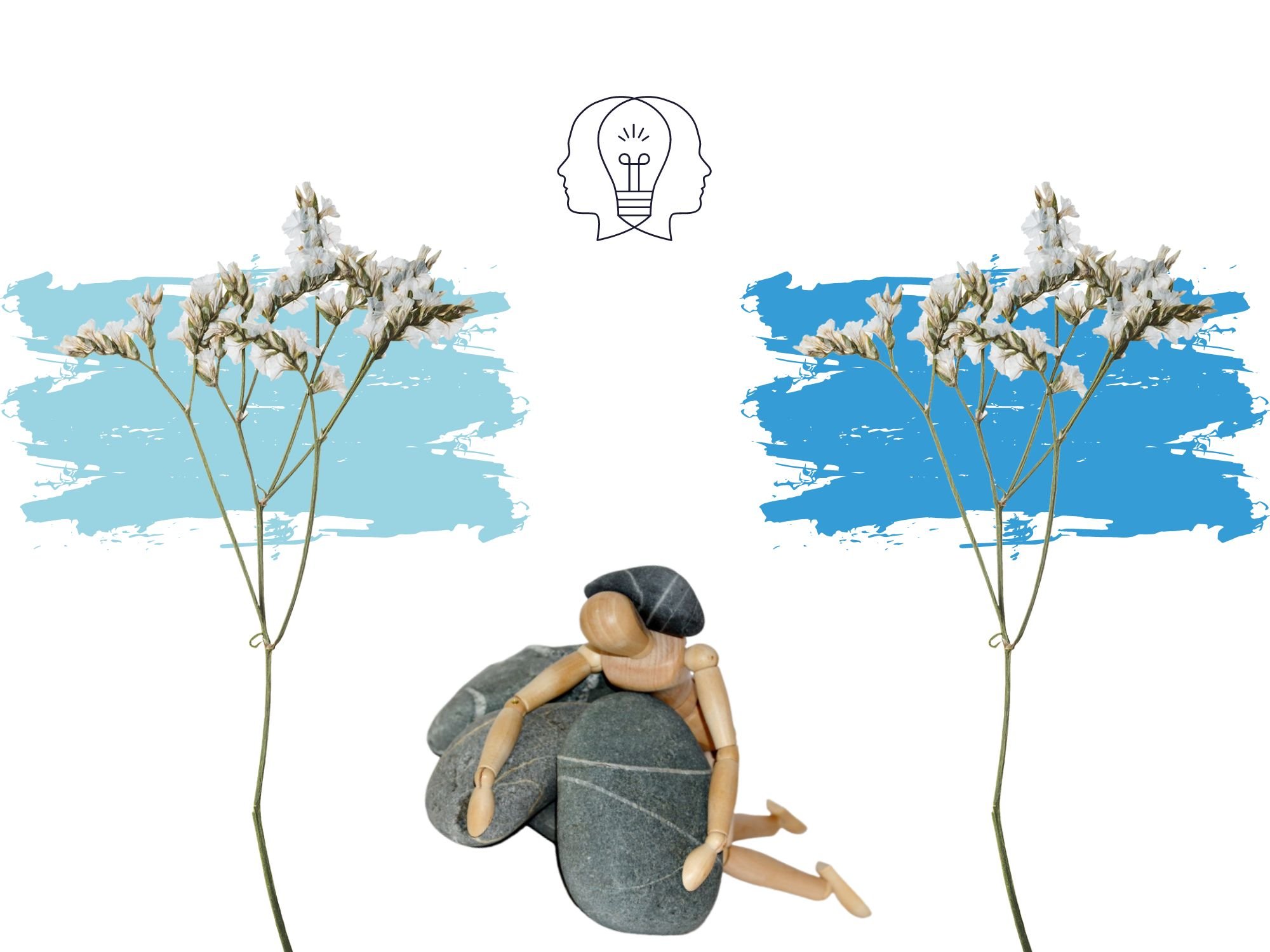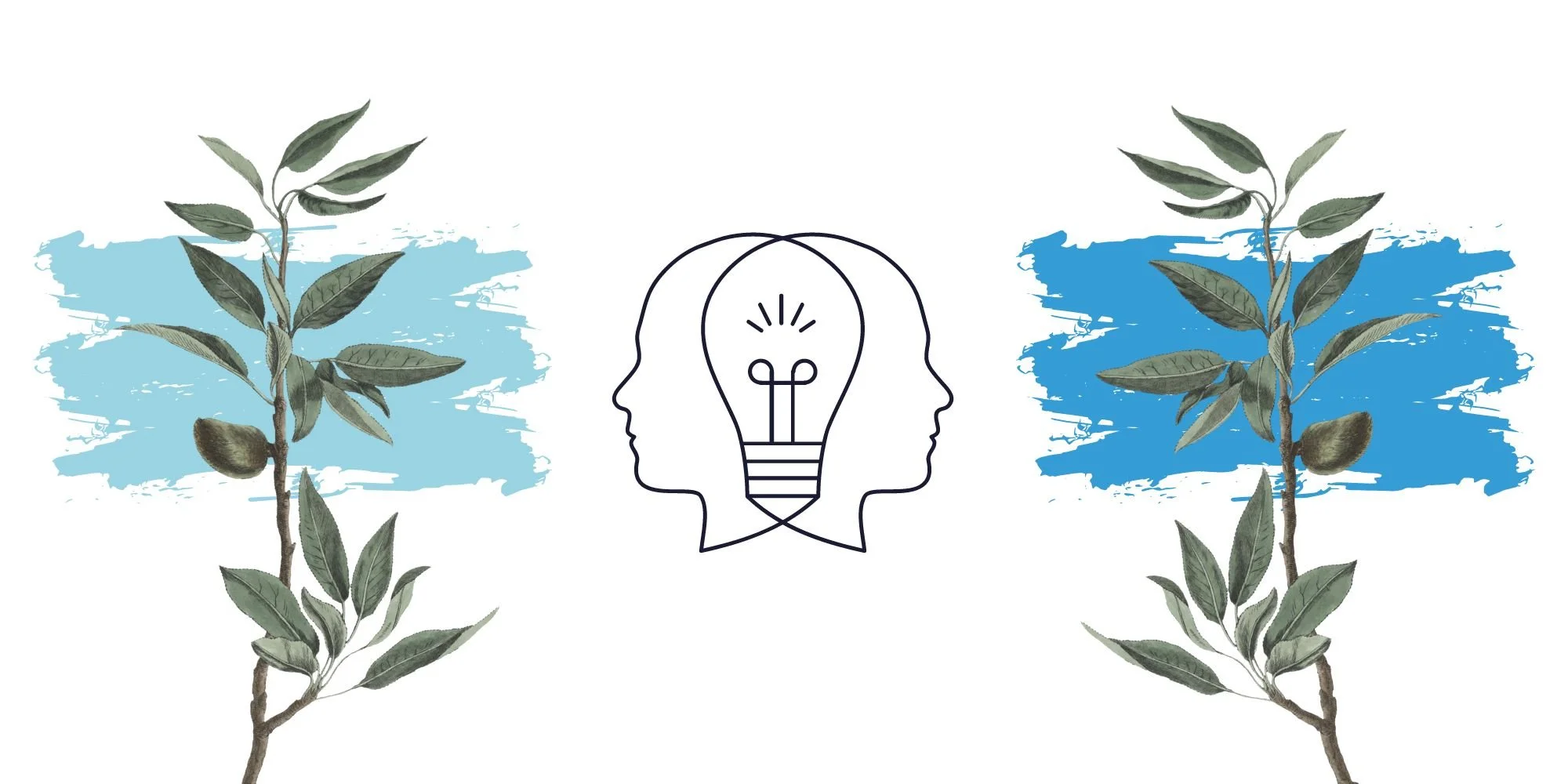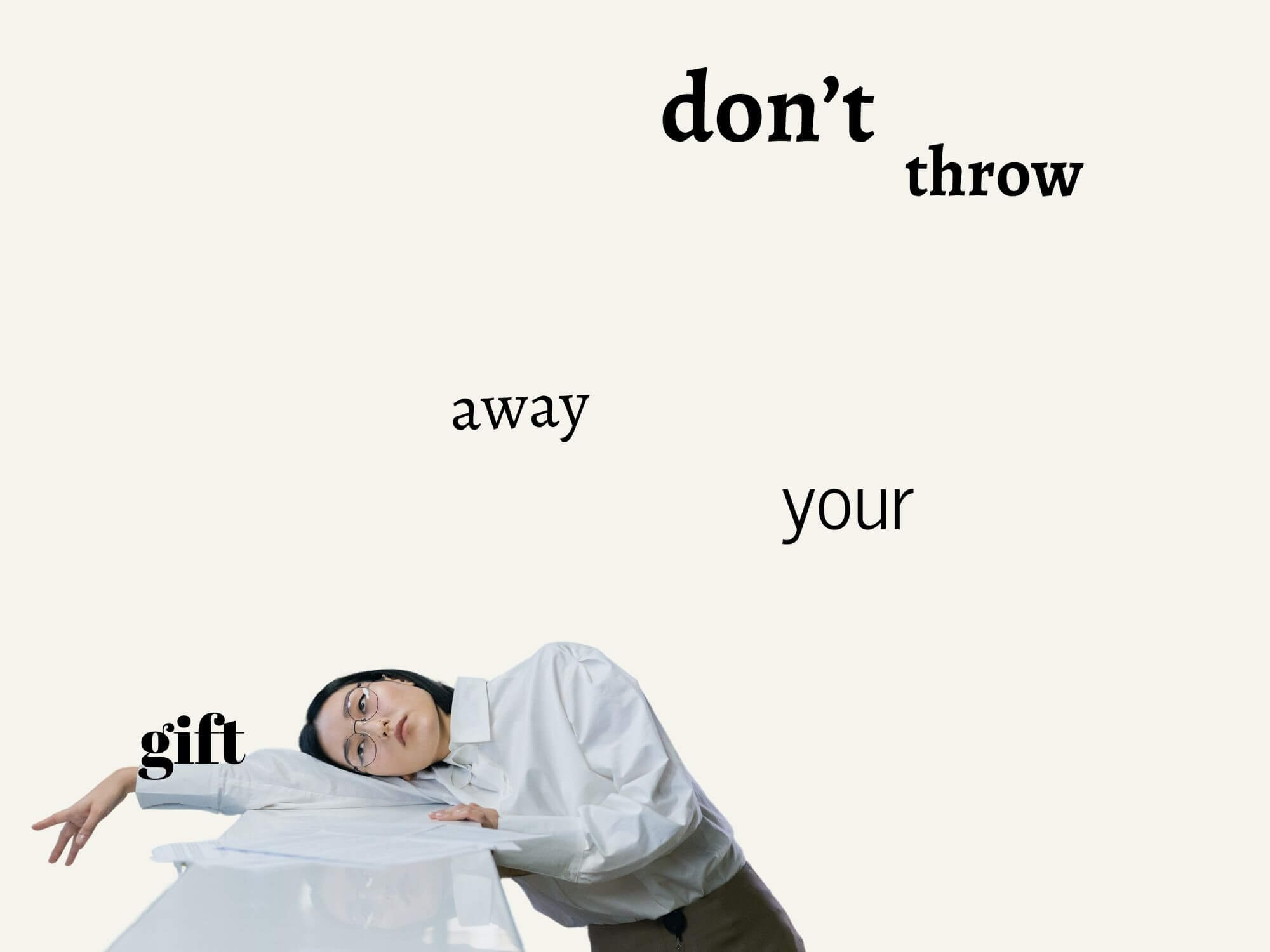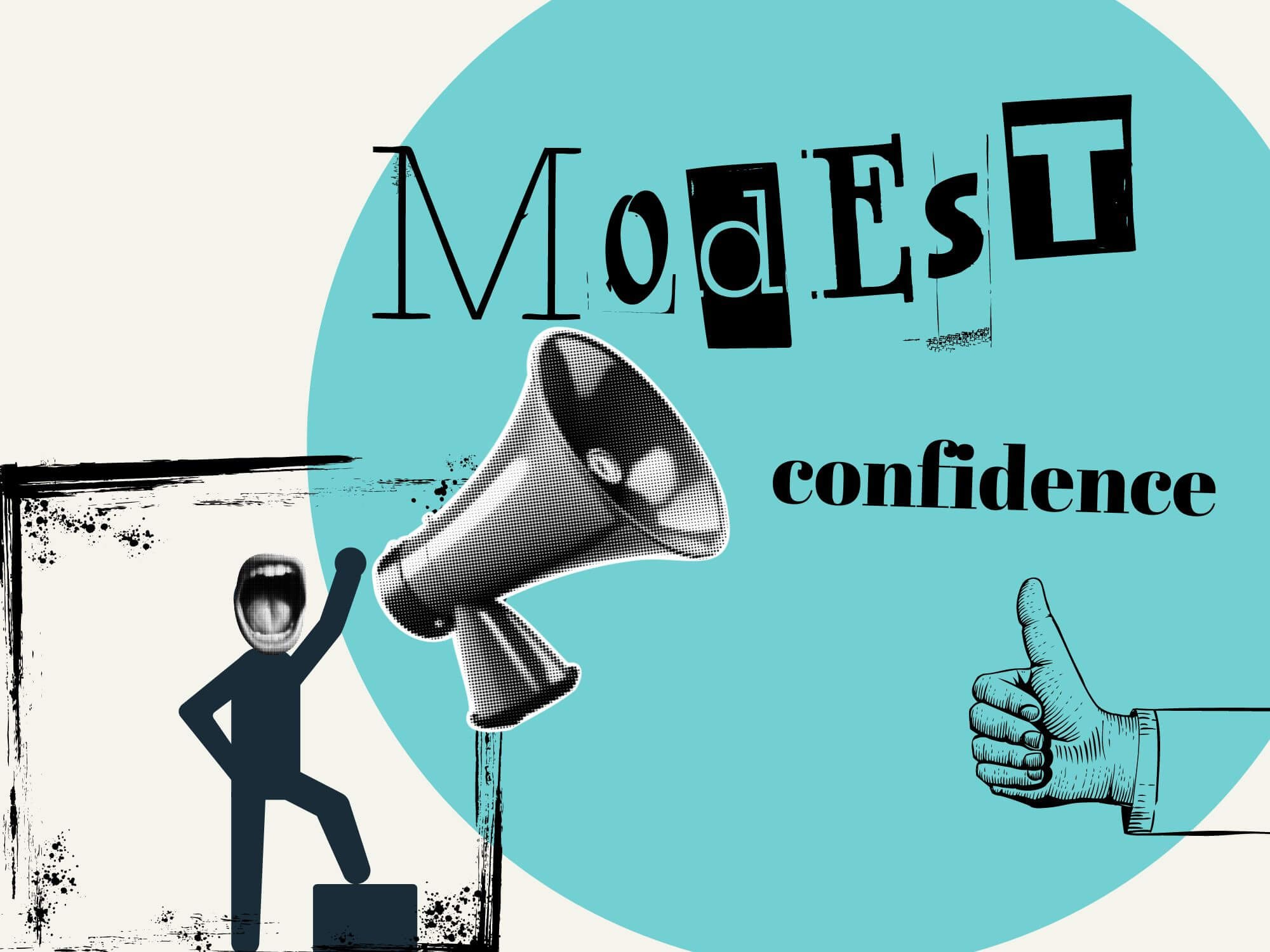Creative Burnout Happens (here are 11 ways I manage it)
You’re sitting in your room, staring at an open computer. A blank canvas is tapping its foot, as it awaits your magic. But you’ve got nothing.
Nothing but a motivation drought and some clinical-grade ennui.
This is creative burnout and it happens to the best of us.
So this is my guide on how to recognize it and my favorite ways to manage it.
Let’s get it.
Table of Contents Show
What Is Creative Burnout? (meaning + faqs)
If you’re a creative person pursuing artistic goals, then you’ve likely run into a wall or two.
So what’s happening here exactly?
Creative burnout is a form of creativity fatigue that is a state of physical, mental and/or emotional exhaustion.
Sometimes, it pops up randomly – other times, it’s attached to some other external factor (like stress or a job loss).
So let’s dig a little deeper and answer a few FAQs on the topic.
Is creative burnout normal?
Yes, absolutely.
If you’re creative (or human), you’ve experienced burnout at some point.
So know this: you’re definitely not alone.
While the scope will differ from person to person, it’s a universal experience we all feel as artists from time to time (especially if you do creative work professionally or at a high volume).
How long does it take to recover from creative burnout?
So you may be asking yourself, “how long does this jazz last?”
A reasonable question – with a nuanced answer.
For me, I can get over acute burnout within an hour.
Other times, it takes days (or even weeks).
It depends on the cause, the scope and your strategy for addressing it.
How do you know if you have creative burnout?
Awareness to recognize creativity fatigue is step one.
While it’s hard to say where the tipping point is, here are some telltale signs:
A lack of motivation
A decrease in inspiration
Diminished enthusiasm or a loss of interest
Feeling mental and cognitive strain
Decreased productivity
Experiencing art block
Perfectionism (more than usual)
Feeling tired and all around drained
Is creative burnout the same as art block?
While art block may be a sign of creative burnout, they’re not one in the same.
Art block refers to a feeling of being stuck and unable to move forward.
But burnout is closer to emotional listlessness and feeling drained.
So if you’re just feeling like you’re out of fresh ideas (or experiencing a problem to be solved), it may be art block.
What causes creative burnout?
It’s different for everyone, so I’d recommend doing some self reflection to find your causes.
It could be your environment or maybe your goals are misaligned.
But for me, burnout tends to come from comparison traps or not scheduling enough breaks in for myself.
Because crushing through a marathon of creative work for 6 days straight isn’t the best approach (even if I’m in the mood).
This leads to a crash.
So only compare yourself to your past self and force yourself to take regular breaks (before you burnout).
11 Ways I Manage Creative Burnout
It’s okay to be a tired artist. It happens to us all.
But when you’re looking for a way to combat this mood, these are my go-to moves.
Note: your best solution may change daily, and it’s usually some combination of methods.
1. Lessen the Blow
We can’t get rid of creative burnout completely, but we can lessen its impact.
There are a couple things I like to do here. Namely:
Prevent it (or at least lessen it) by avoiding its causes
Practice the art of detachment when it does pop up
For prevention, this starts with first isolating your personal triggers.
What circumstances and situations cause you to feel creative burnout?
Define those and either avoid them or better manage them.
For detachment, this means accepting burnout – by not fighting it.
I embrace the negative emotions of burnout by sitting in them and accepting them (rather than causing friction by trying to fight or change things).
2. Switch Spaces
I can’t stay cooped up in one spot for too long – it drains my creative energy.
So another fix to my burnout woes is to switch up my environment.
This may mean something simple like going to a new cafe.
Or it means hopping on a plane to live in Tokyo for 6 months (where I’m currently residing).
Of course, I recognize not everyone can hop on a plane. But these personal examples are just meant to illustrate the spectrum of space-swapping.
It could be small – or it could be grandiose.
So if you’re feeling burnout and you’ve been in one space for a while, try exploring other options.
It may be just what you need.
3. Create (without quality)
Many times, my creative burnout can be traced back to some artistic perfectionism or pressure to make something “good”.
So a simple solution that works for me is to put quality in a drawer.
Stop trying to make something good.
Just play. Have fun. Have zero quality expectations.
You could even go extreme and try to make something as a joke (which is a nice creativity hack).
Creating without the worry of quality always resets things and puts me back in a place of play.
It’s a quick fix to creative burnout.
4. (re)Find Your Spark
Getting to a place of pure inspiration is a skill.
It’s powerful stuff.
Because the truth is, even though we love our craft, it’s all too easy to fall into traps like:
Comparison
Perfectionism
Algorithmic trends
Pressures to create at scale
Obsessions for more tiny hearts
So my strategy for reigniting a lost spark is simple:
Get back to a place of spontaneity.
This means rediscovering your creative intuition and flow.
It’s easier said than done, for sure. But here are some quick tips:
Borrow inspiration from your favorite sources
Watch motivating videos
Try journaling and intuitive writing
Talk it out with someone
What do you lose track of time doing? (unpack those things for creative clues)
Be patient
5. Do Less
Sometimes, burnout has an obvious solution: just do less.
Lightening the load can do wonders for motivation and emotional balance.
So if you’re feeling creatively drained and artistically tapped, try putting some things on the proverbial chopping block.
For example, here are some questions to ponder:
Are there any templates or sample libraries I can use to streamline things?
Are there any non-essential items I can delay, delete or delegate?
How about outsourcing – do I have the budget or ability to give away any tasks?
What is absolutely essential in my current project (and what’s not)?
6. Slow Down
This is the perfect followup to doing less.
Because sometimes, everything is important and we can’t cut away anything. So the best solution I’ve found for this is to simply slow down.
This means one of two things for me: adjust my timelines or change my expectations.
For example, if you're trying to create and grow your personal brand, but you’re only giving yourself a few months to do it…
Then burnout is inevitable and it’s just around the corner.
So adjust your timelines and expectations and create healthier and more realistic goals.
Works every time for me.
7. Exercise + Self Care
Something magical happens when I take care of my body and self energy.
I feel more energized and more creative.
The bridge between self care and creativity is a road worth taking.
(and has benefits that extend far beyond more creative motivation)
Here’s how I practice self care for creativity:
Strength training (pushups and situps mainly)
Yoga and stretching
Prioritizing sleep
Drinking plenty of water
Eating good food that agrees with my body
Having a solid social life
8. Switch Up Your Style
Sometimes, I get burned out with music production.
But I still feel the need to practice songwriting and music.
So I switch up the style by grabbing my guitar and making a more acoustic-style, casual project.
This is one of my favorite ways to circumvent creative burnout. It’s like a detour around a roadblock.
It still pushes the needle forward, but feels like a fresh context.
So if your burnout stems from too much routine or too much of the same stuff, try switching up your style, context or flow.
You could also revisit an old or unfinished project, remix an old idea or cover someone else’s work.
Whatever the case, it’s a fresh approach and breathes new life into the creative process.
9. Collaborate
Collaboration brings new energy and mutual support to the mix.
And it can help with overcoming creative burnout.
Spending too much time alone with our craft can cloud our judgments, slow us down and lead to creative fatigue.
I’m the first to admit that I don’t collaborate enough. It can be hard to find a good collaborator and sometimes you want to do just everything yourself.
But if you’re really stuck and struggling with burnout, bringing in a fresh set of eyes and ears could be a solid solution.
It’s fresh energy, new ideas and external motivation.
It pushes us to think differently, try new things and finish projects.
So if you haven’t considered doing a collab to overcome burnout before, it may be worth a try.
10. Shift Your Focus to Skill-Building
We can’t be doing creative work 100% of the time.
Burnout is inevitable.
So when I start feeling drained, I often use this as an opportunity to shift focus away from creativity and towards skill-building.
Great creativity requires a specific set of skills within your domain. We’ll never stop learning and we are students for life.
So if you’re an artist, maybe that means fine-tuning your digital art software skills.
If you’re a musician, maybe that means sharpening your EQ mixing abilities.
If you’re a writer, maybe that means studying stories, people and history.
Whatever creative work you’re doing, there’s always room to build new skills.
So if you’re feeling burned out, stop trying to be creative.
Build out a new skill instead.
11. Take A Braincation
When all else fails, it’s best to just step away and give yourself a guilt-free break.
A braincation.
A braincation is giving your brain some creative time off – a break. It’s pressing pause on your tasks, goals and to-dos to let your mind relax and enjoy a mental vacation.
There are some sweet benefits to taking one, such as:
Stress reduction
Supports mental health
It’s creative rest and nourishment (similar to how our bodies need sleep)
It supports better creative work-life balance
It can prompt inspiration (by not trying, it’s easier to do the thing we struggled with)
It’s a time for self reflection and personal growth
One thing I like to keep in mind with stepping away is the importance of fully committing.
Make a list of all your guilty pleasures and just embrace it all.
Do nothing creative.
Often, you may find this fixes your motivation immediately and you’re able to quickly jump back into creative work.
Other times, it’s just a nice opportunity to relax and decompress.
Want More? Check Out These Sweet Reads!





